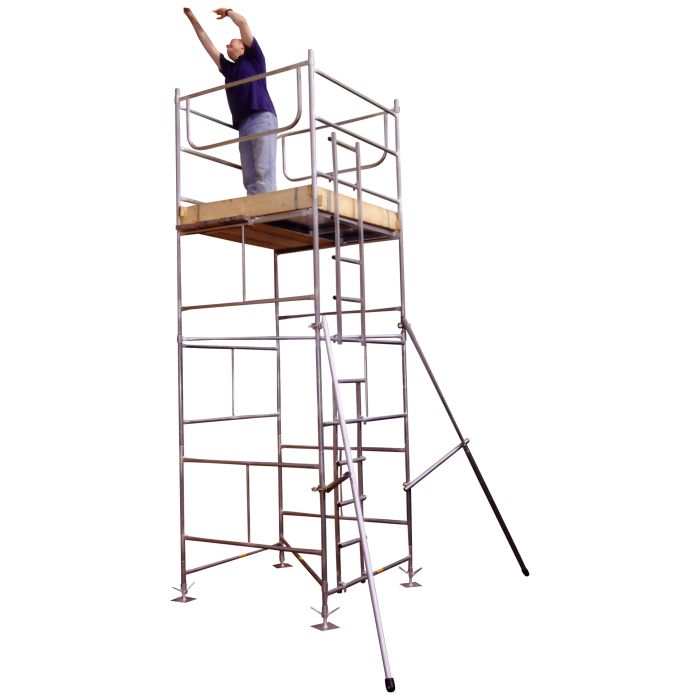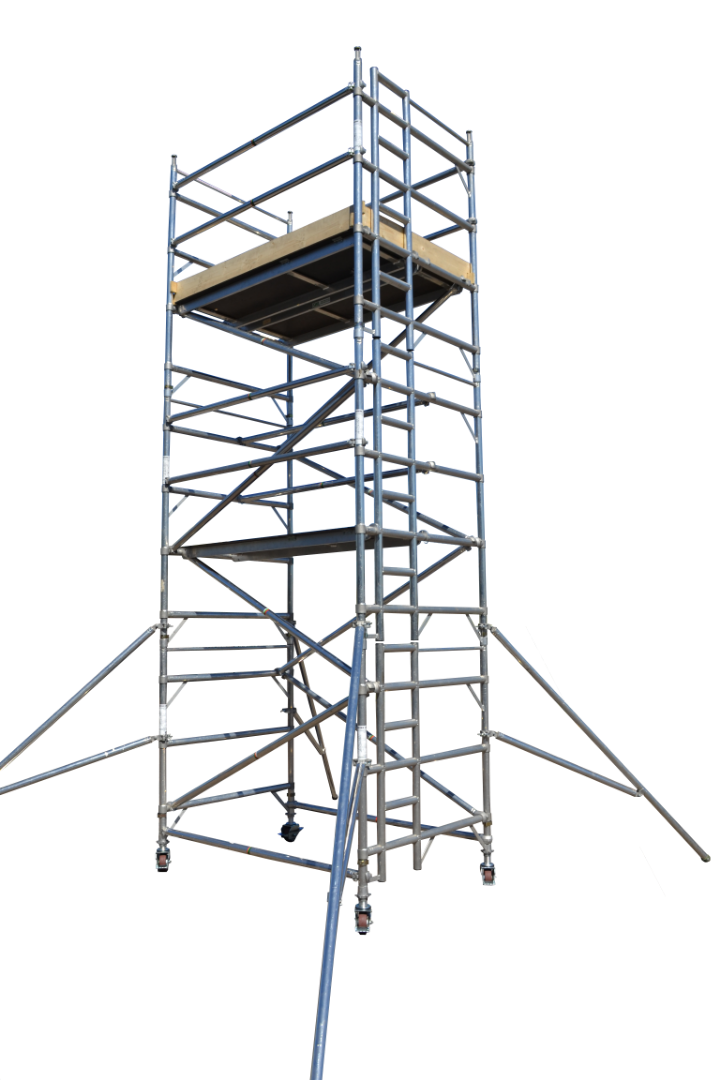Opening Vertical Potential with Scaffold Towers

Scaffolding Worldwide: Unique Usages and Structures
Discover the globe's varied scaffolding strategies. Asia features bamboo scaffolds - functional, environment-friendly, with cultural roots. Europe flaunts vibrant frameworks like Amsterdam's red-brick exteriors and Burano's pastel structures. Africa blends custom and sustainability using bamboo. South America utilizes rope and timber, showcasing local resourcefulness. The United States and Canada leads with advanced layouts, embracing innovation and advanced products for safer building and construction. The globe offers an abundant tapestry of scaffolding services distinct to every area.
Bamboo Scaffolds in Asia
Throughout Asia, bamboo scaffolds have been used for centuries as a result of their versatility, sturdiness, and environment-friendly nature. These sustainable building and construction tools are deeply rooted in the area's social value, mirroring an unified relationship in between nature and human resourcefulness. Bamboo, a fast-growing and renewable energy, is not only bountiful yet also strong, making it a perfect material for scaffolding in construction projects across Asia.
The social value of bamboo scaffolds in Asia surpasses their useful applications. They represent conventional craftsmanship, resilience, and flexibility, symbolizing the values of hard work and advancement that are highly esteemed in many Asian cultures. The use of bamboo scaffolding also highlights a dedication to sustainable techniques, as bamboo is eco-friendly and has a reduced ecological effect contrasted to conventional metal scaffolds.

In countries like China, Japan, and Vietnam, bamboo scaffolds are an essential component of the building market, showcasing a mix of ancient practices and modern-day techniques. The continued dependence on bamboo scaffolds in Asia highlights not only their effectiveness however additionally their enduring tradition in the constructed environment.
Vivid Frameworks in Europe
The dynamic building landscape of Europe is defined by a kaleidoscope of colorful structures that astound and inspire visitors from all over the world. European cities showcase a rich tapestry of dynamic patterns decorating architectural masterpieces that go back centuries. From the renowned red-brick exteriors of Amsterdam to the pastel-hued structures of Burano in Italy, each framework narrates through its one-of-a-kind shade scheme.
In Spain, the whimsical works of Antoni Gaud, such as the mosaic-clad Park G ell in Barcelona or the intricate details of Casa Batll, stand as prime examples of Europe's vibrant building marvels. Moving northwards, the striking contrast of the blue-domed churches against the whitewashed structures in Santorini, Greece, develops a stunning scene that is etched in the minds of all who go to.
Whether it's the bold and brilliant colors of the buildings or the delicate pastels that decorate historic spots, Europe's colorful frameworks add a sense of charm and magic to its already captivating architectural heritage.

Cutting-edge Layouts in Africa
With a mix of practice and modernity, Africa's architectural landscape showcases innovative layouts that reflect the continent's rich social heritage and forward-thinking strategy. In the last few years, there has actually been a remarkable change towards using lasting products and including neighborhood neighborhoods in the layout and building procedures of buildings throughout Africa.
One instance of cutting-edge style in Africa is making use of sustainable bamboo as a main construction product. Bamboo is abundant in lots of African regions, making it an affordable and environmentally friendly choice to conventional structure products. This change in the direction of lasting products not just assists ensure the ecological influence of building and construction however additionally supports neighborhood economic situations.
Moreover, neighborhood involvement has become a central facet of building tasks in Africa. Designers and home builders are increasingly collaborating with neighborhood neighborhoods to incorporate their traditional knowledge and cultural methods into contemporary styles. This technique not just makes certain that the developed setting fulfills the requirements of individuals who will certainly utilize it yet additionally fosters a sense of ownership and satisfaction among community participants. By embracing sustainable products and community involvement, Africa's ingenious architectural layouts are not just cosmetically pleasing but likewise socially and environmentally mindful.
Conventional Approaches in South America
In South America, standard construction methods have long been linked with the area's rich cultural heritage and architectural background, forming the built setting in one-of-a-kind and enduring ways. One of the prominent typical scaffolding techniques in South America involves the use of rope strategies and wood systems. This method reflects the resourcefulness and resourcefulness of regional contractors, that use all-natural materials to develop sturdy and flexible assistance structures for building jobs.
Rope methods are frequently employed to protect the wood platforms at different elevations, allowing employees to gain access to hard-to-reach areas during the structure process. These systems are generally made from in your area sourced timber, supplying a lasting and affordable remedy for scaffolding needs. https://walthamstowscaffolding.co.uk/index.html Using ropes not only boosts adaptability and flexibility on construction sites but also shows the competent workmanship gave via generations.
In South America, the assimilation of rope strategies and wood platforms in traditional scaffolding exemplifies an unified mix of cultural techniques and useful building and construction methods, showcasing the area's rich building heritage.
Advanced Scaffolding in The United States And Canada
Progressing beyond traditional approaches, The United States and Canada showcases cutting-edge methods to scaffolding that embrace innovative technology and modern design principles. Advanced scaffolding in The United States and Canada integrates robot assistance and uses innovative materials to reinvent building and construction procedures.
Robotic assistance plays a pivotal function in boosting efficiency and security on building websites. Automated robotic systems are employed to aid in the assembly and disassembly of scaffolding frameworks, minimizing the demand for manual labor and reducing the threat of crashes. These robots are outfitted with innovative sensors and software program that enable them to browse intricate environments with accuracy and speed.
Furthermore, making use of advanced materials such as carbon fiber and composite alloys in scaffolding layout supplies enhanced longevity and stamina while preserving a lightweight account. https://walthamstowscaffolding.co.uk These materials supply superior load-bearing ability, enabling taller and a lot more elaborate scaffolding setups to be recognized.
Frequently Asked Inquiries
What Are the Ecological Influences of Using Bamboo Scaffolds in Asia?
Bamboo scaffolds in Asia, while typical and lasting, position both favorable and unfavorable environmental impacts. They advertise social conservation and use native products, yet logging for bamboo harvesting can be harmful otherwise taken care of sustainably.
How Do the Colorful Structures in Europe Reflect the Cultural Heritage of the Area?
Vibrant frameworks in Europe reflect the region's abundant cultural heritage through their complex styles and dynamic colors. These structures act as building combination of historical practices, showcasing cultural symbolism and artistic expressions distinct to every nation.
What Products Are Commonly Used in the Innovative Designs of Scaffolding in Africa?
In Africa, bamboo developments are a noticeable function in the style of scaffolding frameworks. Lasting products like bamboo are commonly utilized as a result of their toughness and eco-friendly homes, showcasing an unified mix of advancement and environmental awareness in construction practices.
How Do Traditional Methods of Scaffolding in South America Differ From Modern Building Techniques?
Typical methods of scaffolding in South America usually include utilizing locally sourced products like bamboo and wood, reflecting social practices. These methods vary from contemporary building and construction strategies that rely on steel and light weight aluminum structures for boosted performance and toughness.
What Innovations in Innovation Have Influenced the Growth of Futuristic Scaffolding in North America?

Improvements in modern technology, such as online fact and robotics, have actually considerably affected the development of advanced scaffolding in The United States and Canada. These innovations have revolutionized safety and security, effectiveness, and precision in building projects, causing groundbreaking structures.
Conclusion
To sum up, scaffolding has actually been made use of in different one-of-a-kind methods and frameworks around the globe. From bamboo scaffolds in Asia to vibrant frameworks in Europe, innovative layouts in Africa, typical techniques in South America, and advanced scaffolding in The United States and Canada, each area showcases its own distinctive method to scaffolding.
These diverse uses of scaffolding highlight the creative thinking and flexibility of building and construction methods across various continents.
